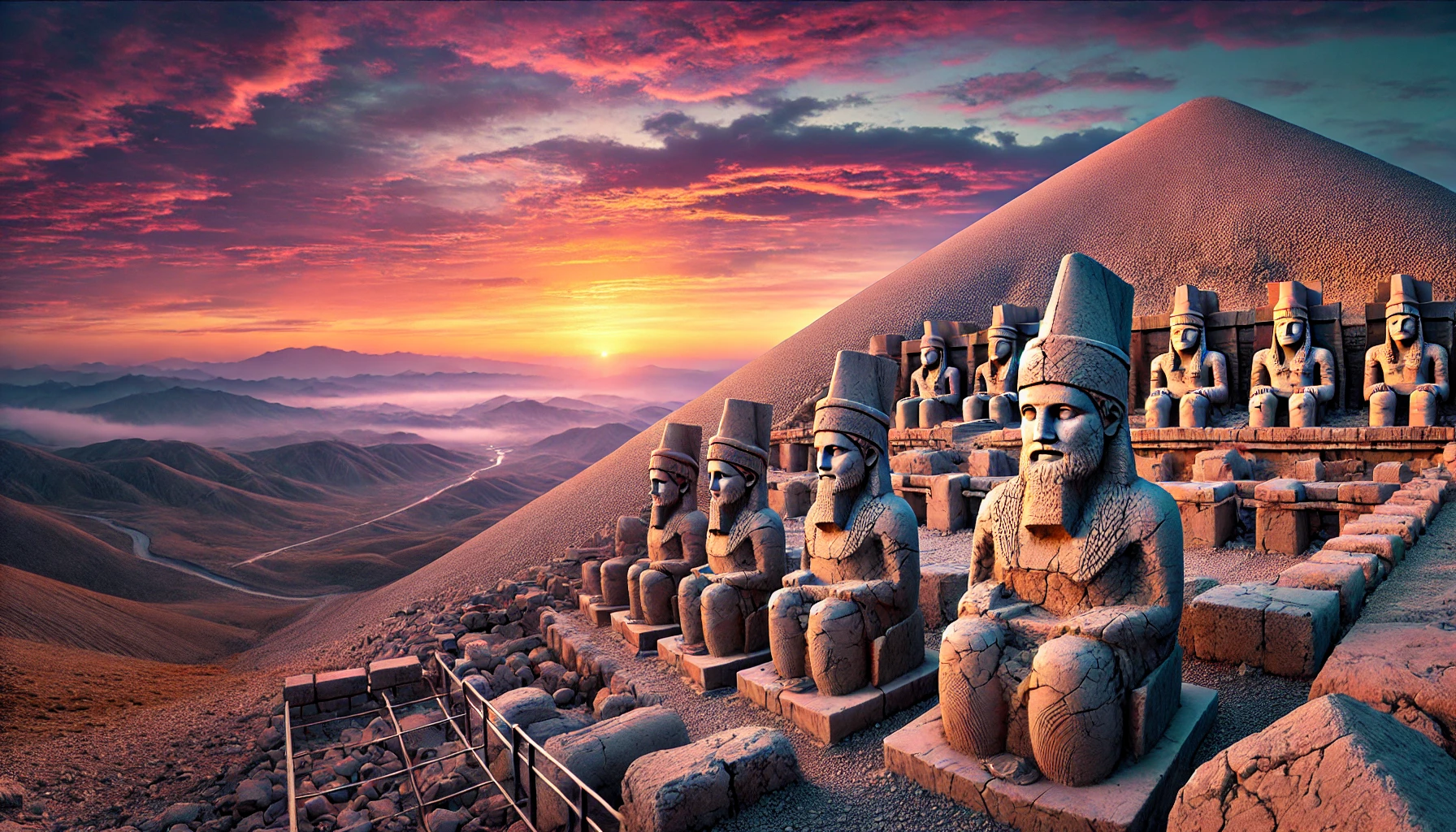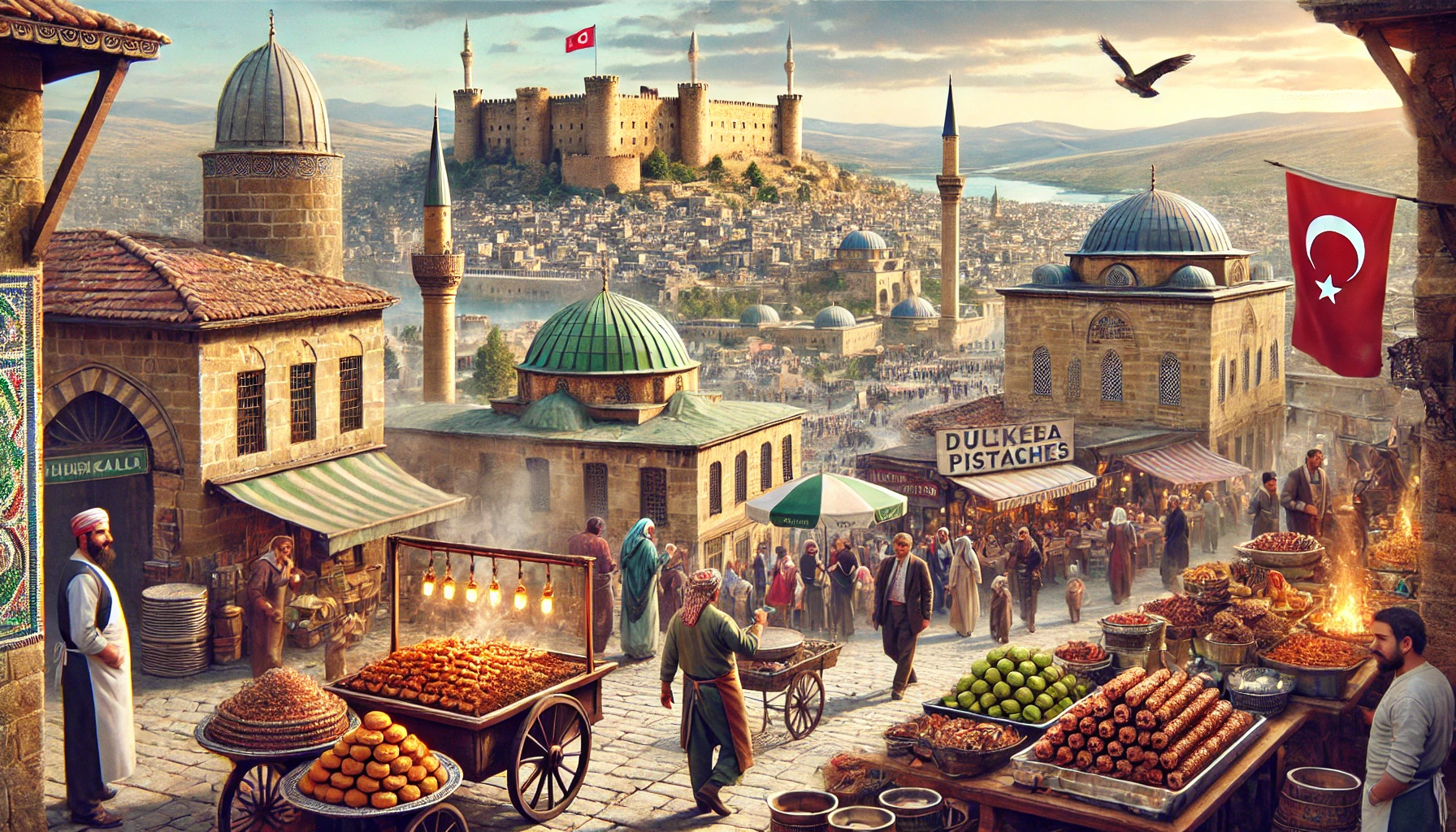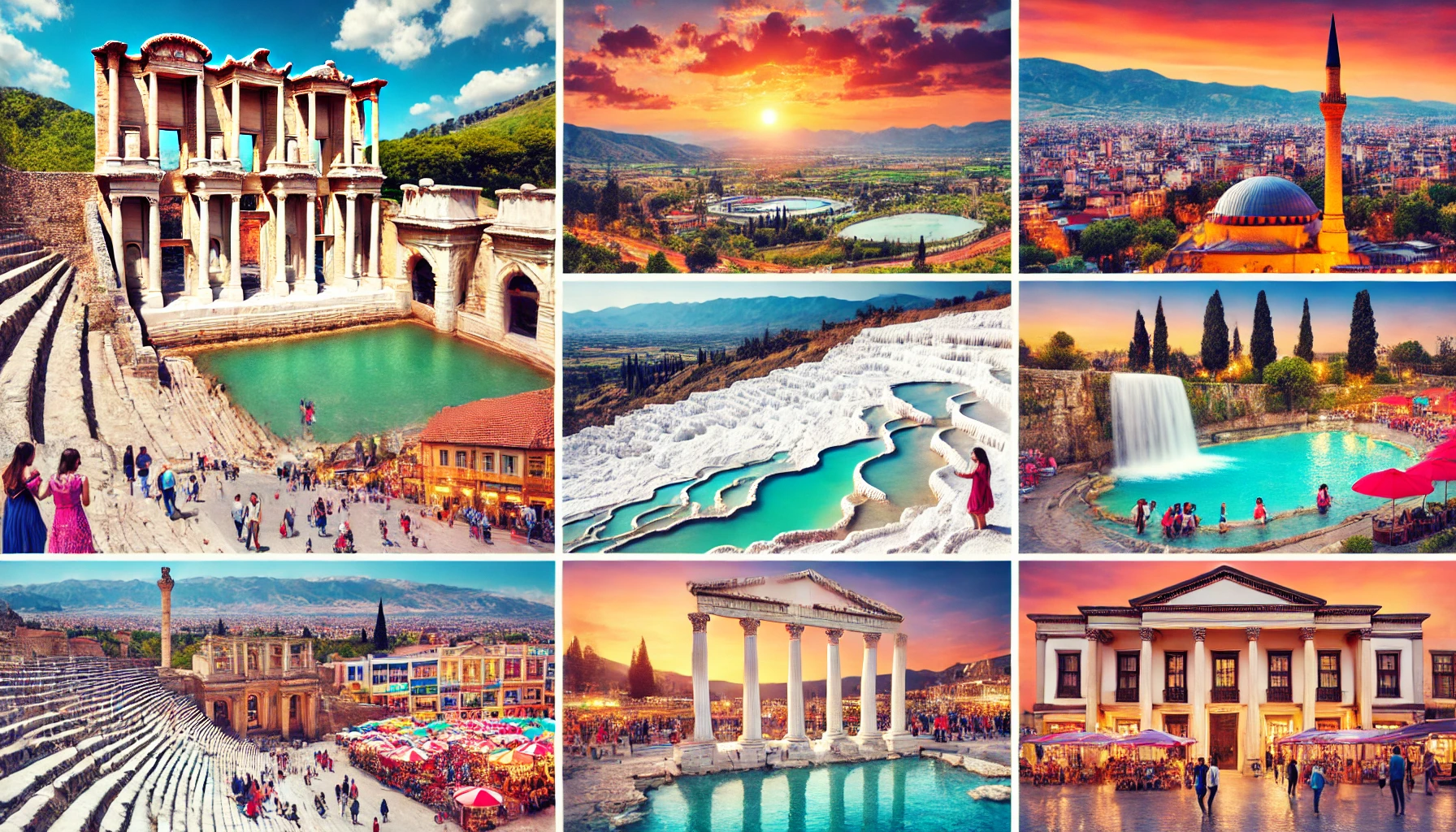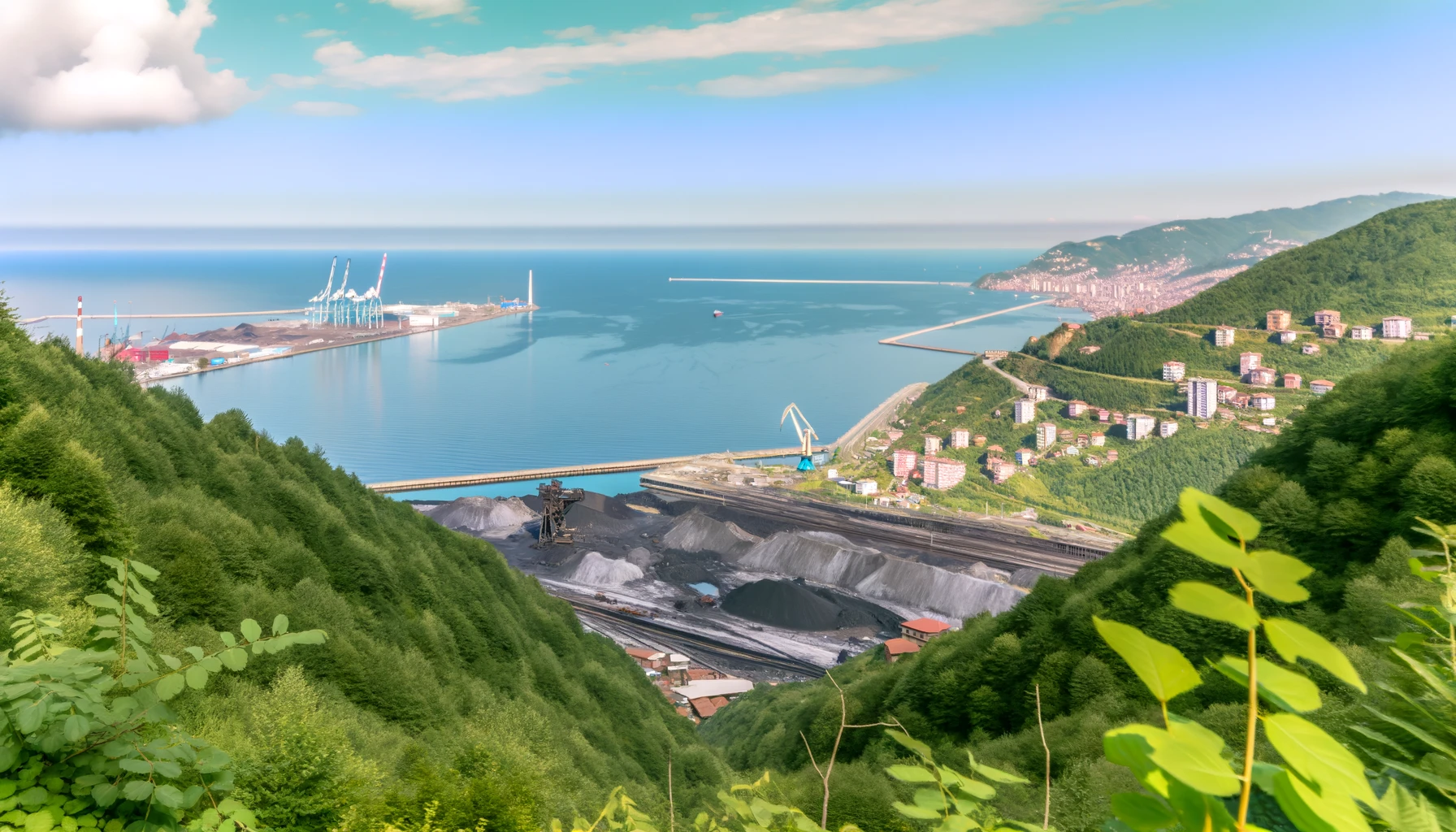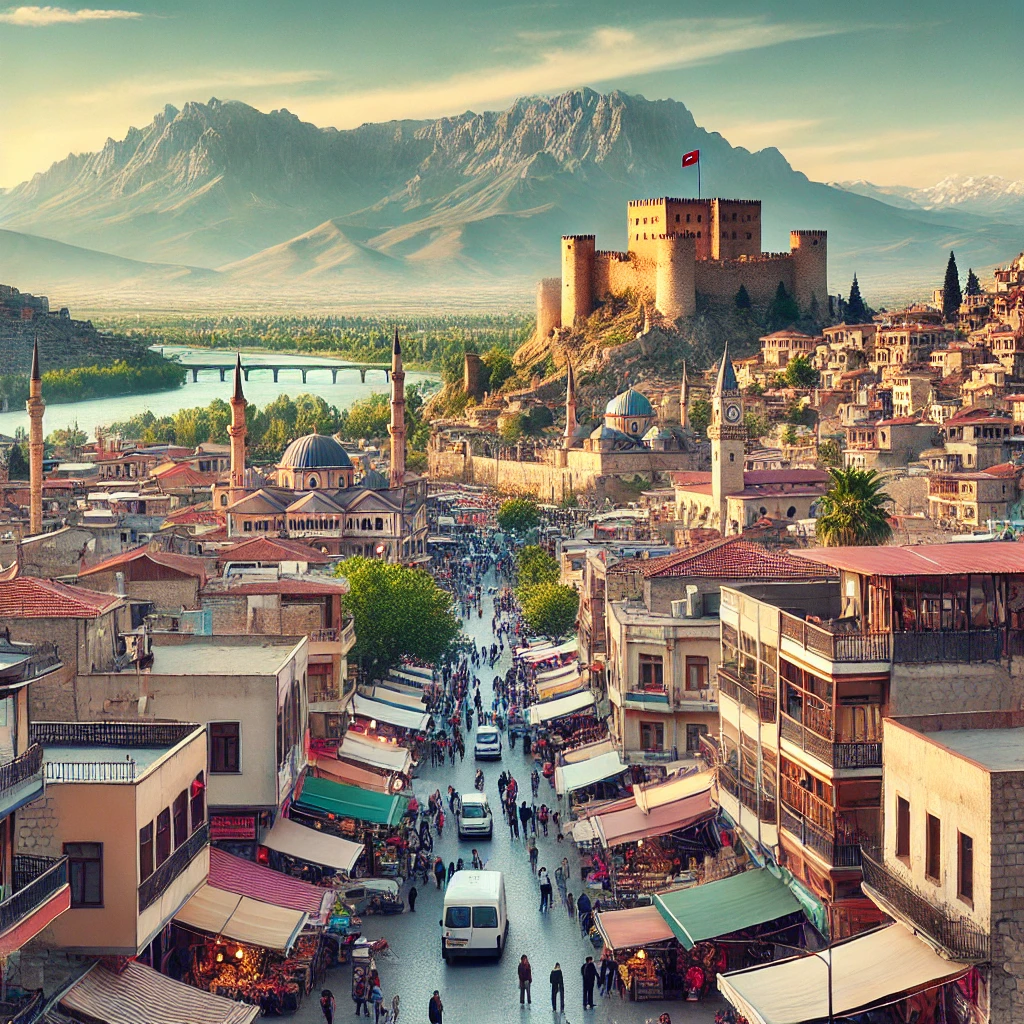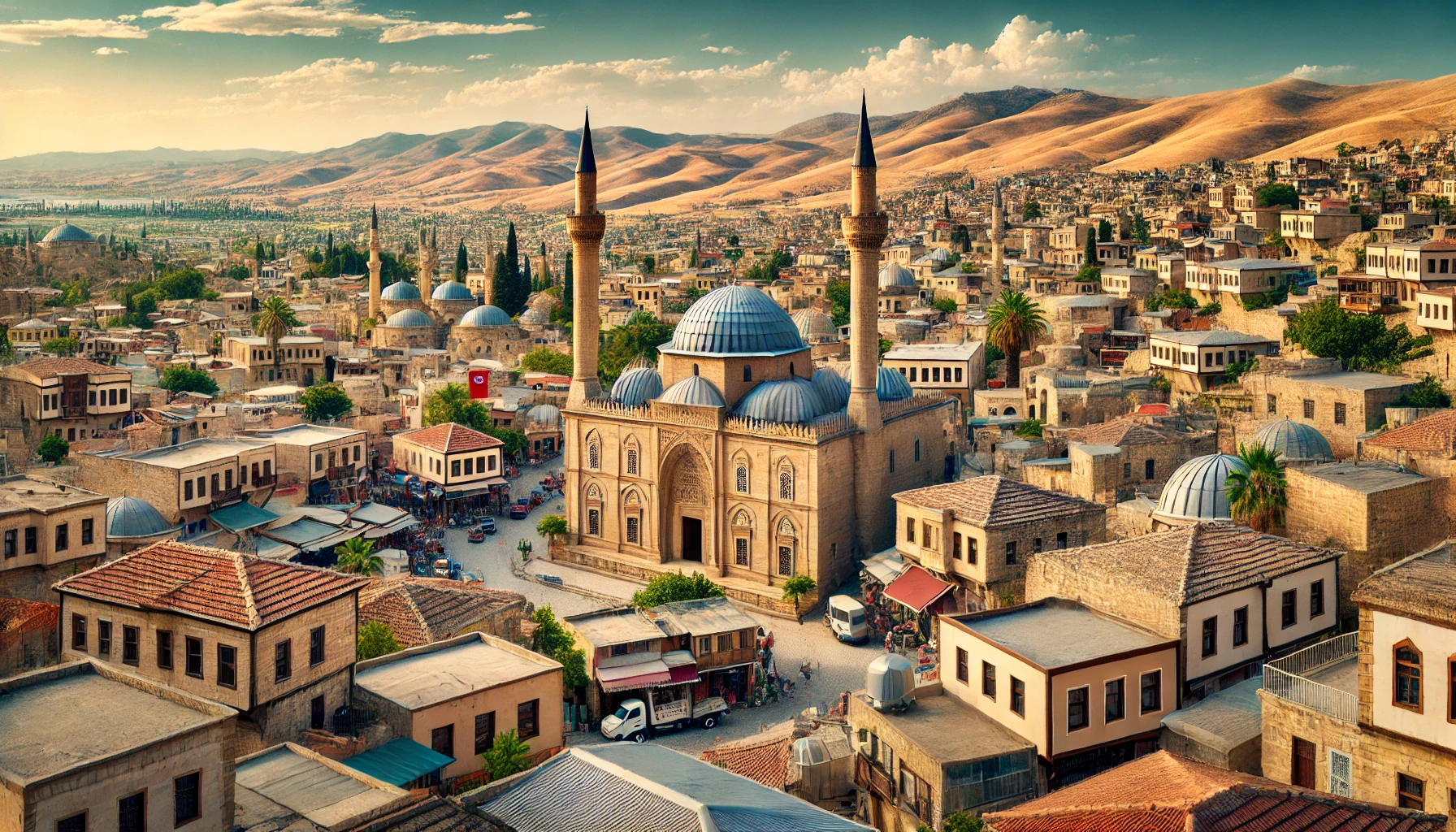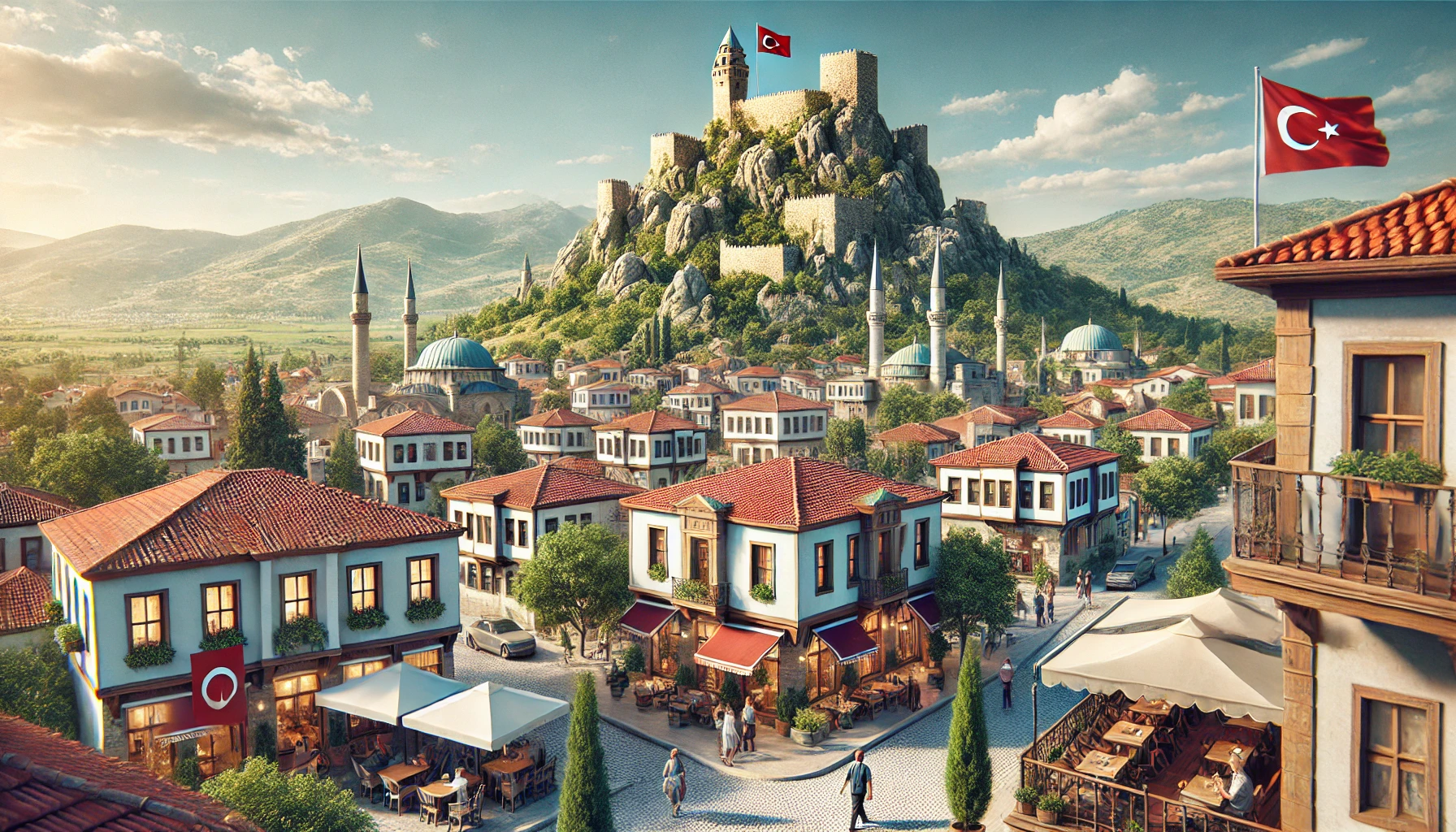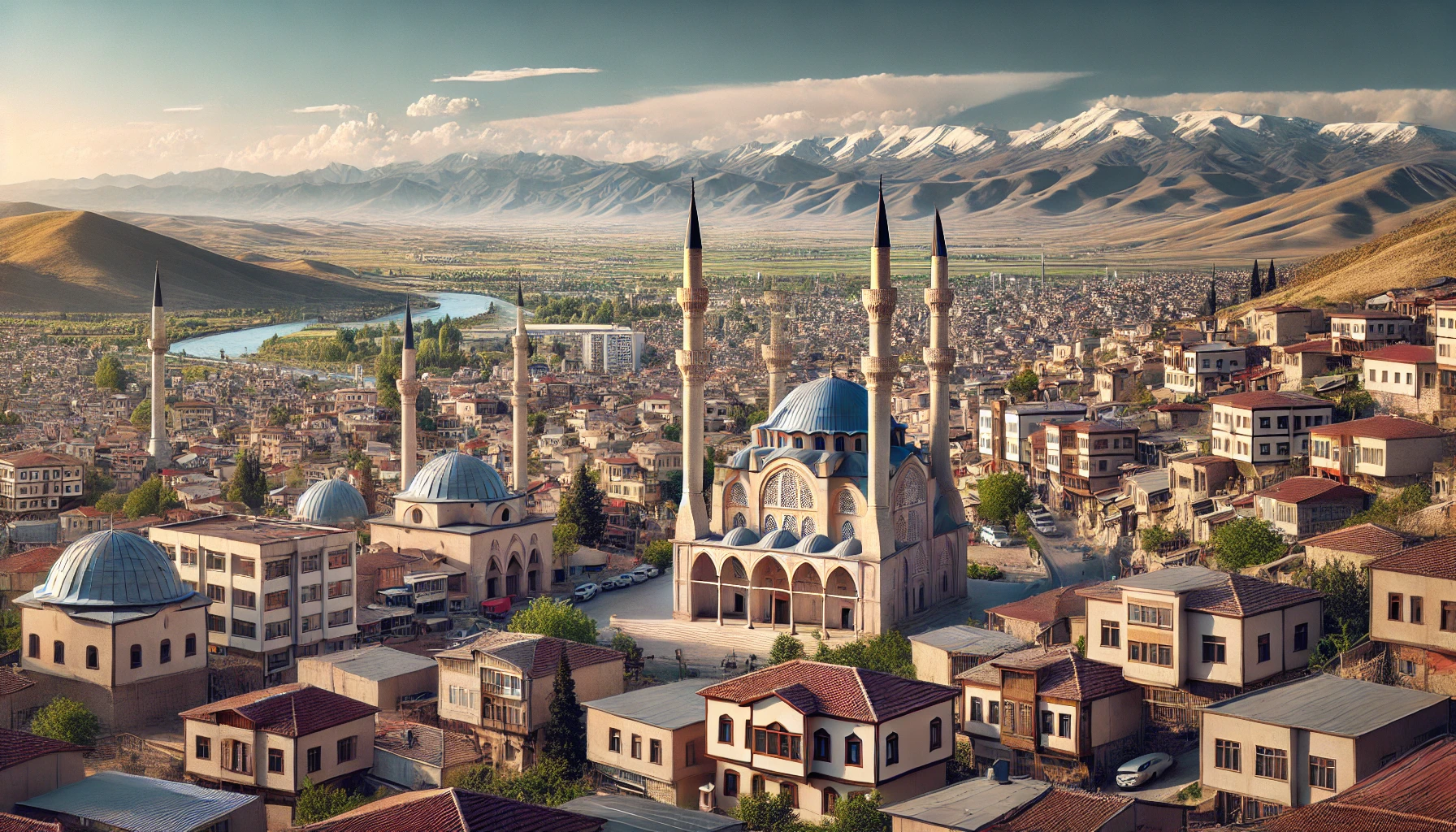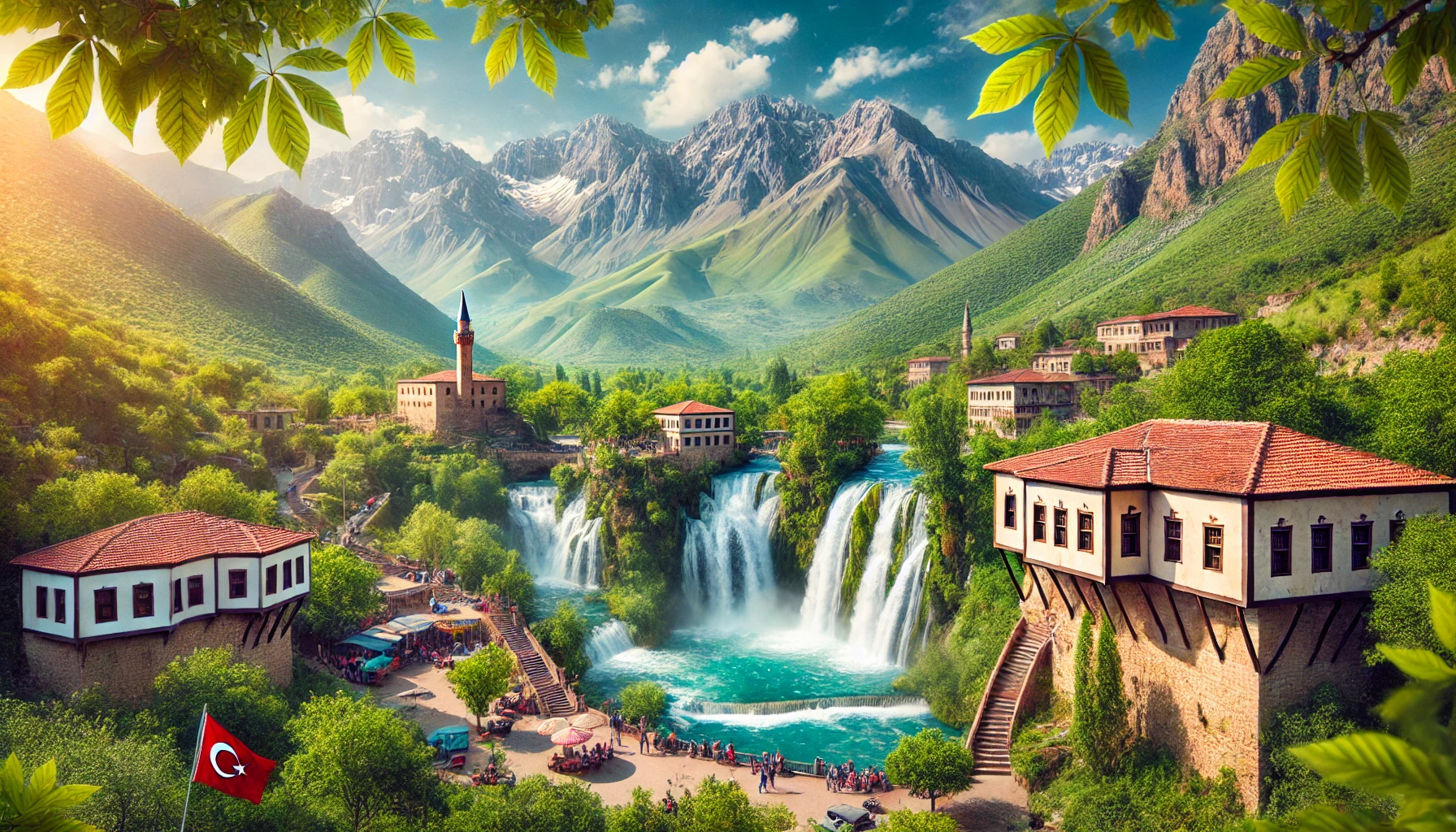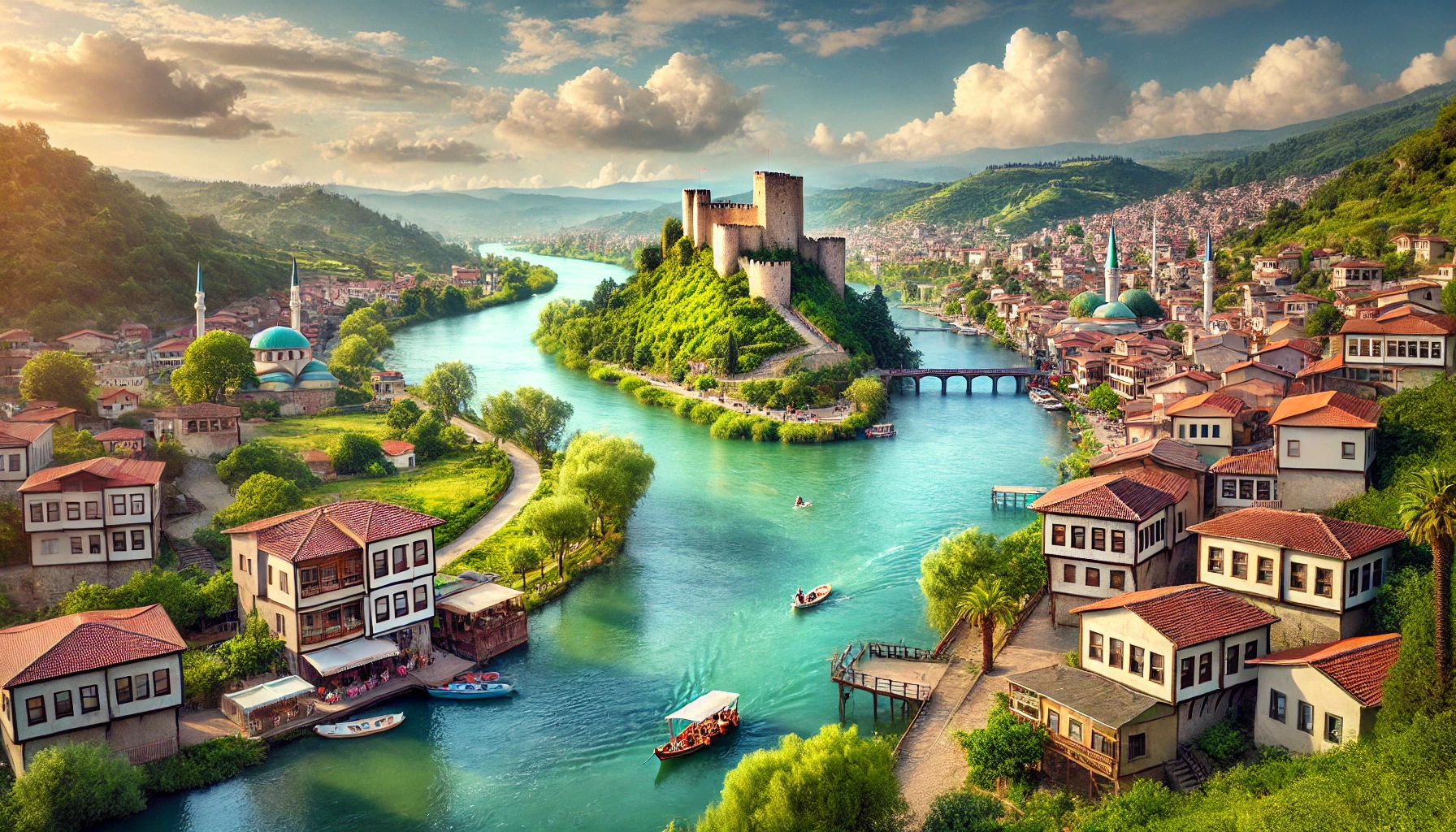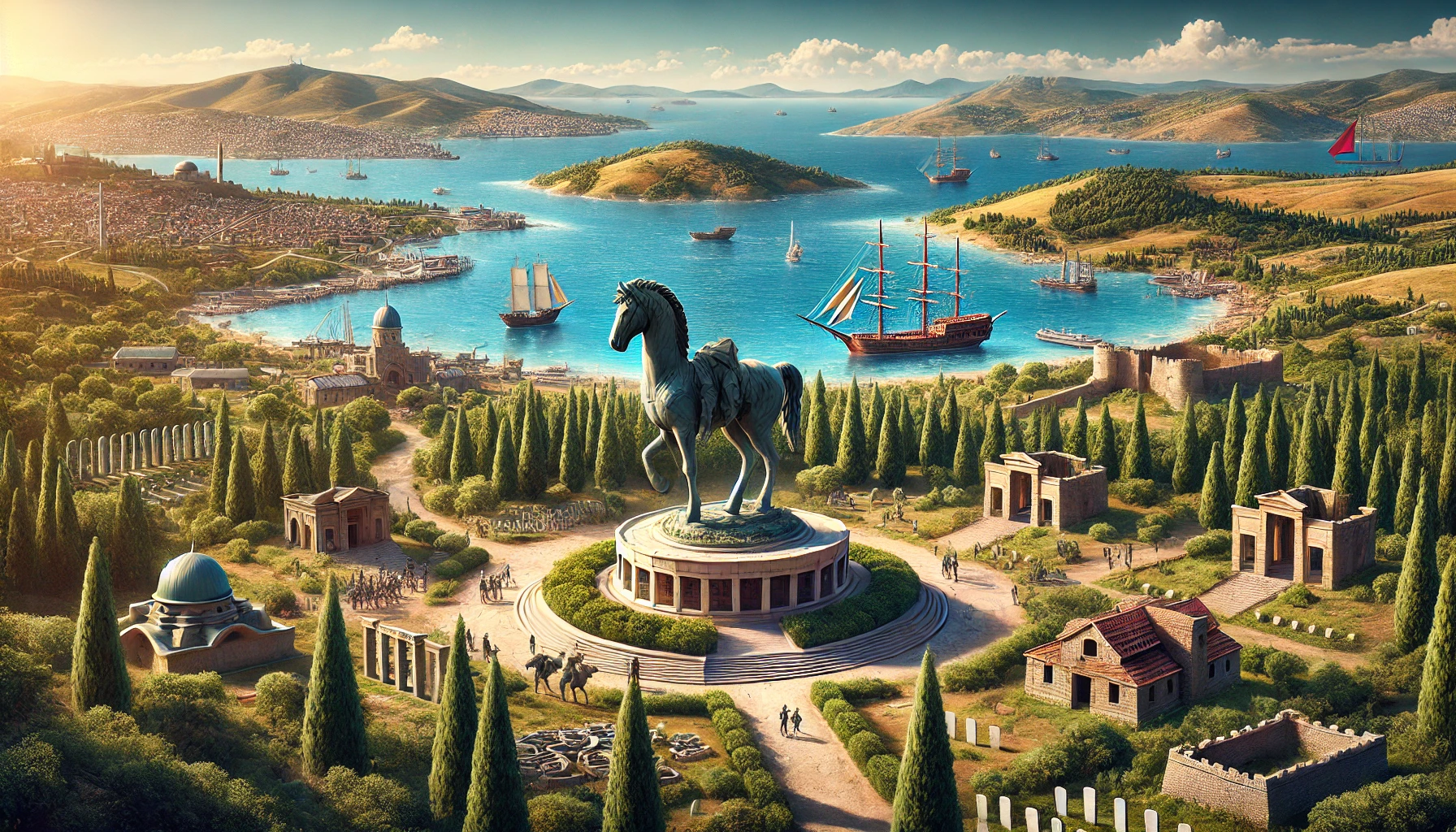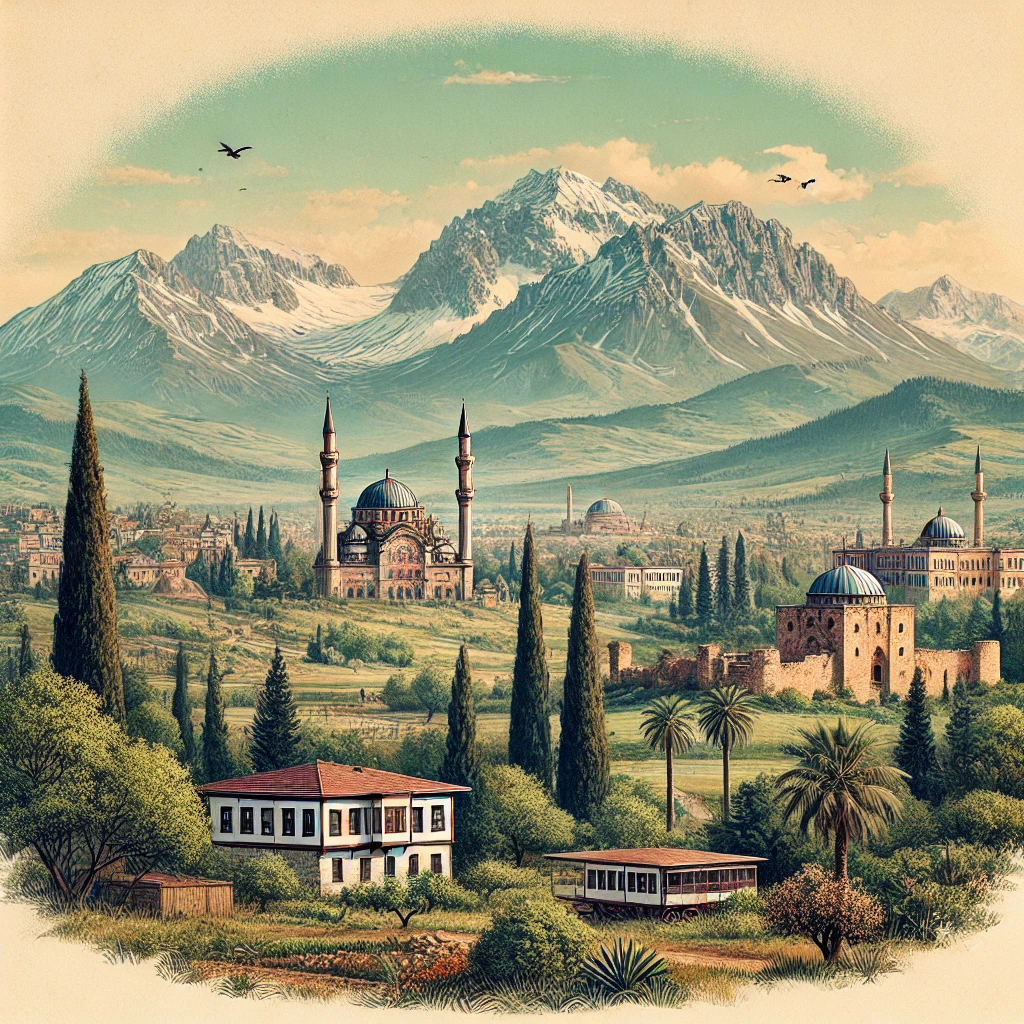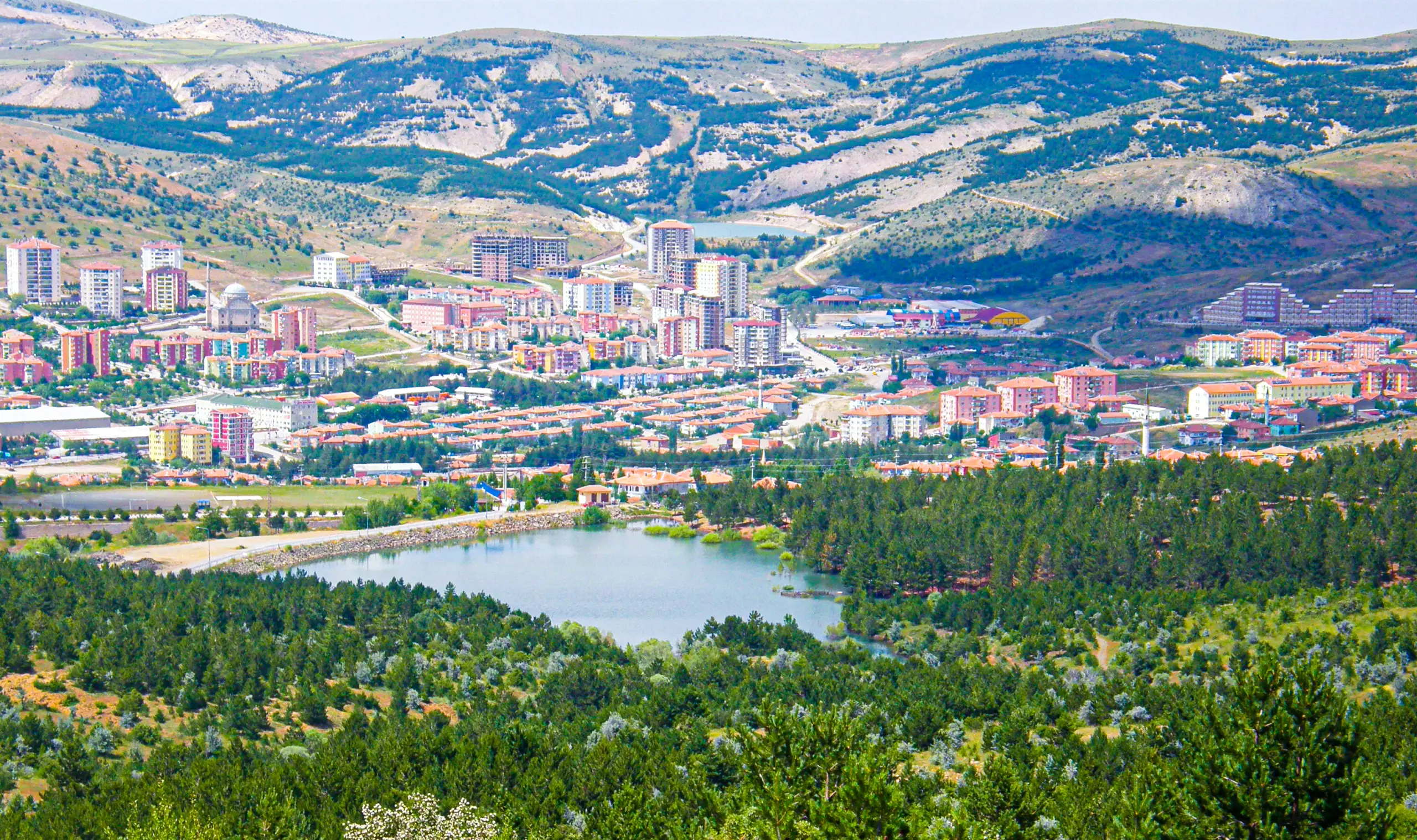Exploring the Enchanting Nemrut: A Journey to the Highest Open-Air Museum in the World
Nestled in the Kahta district of Adiyaman province, Nemrut Mountain stands as one of Turkey’s most awe-inspiring historical sites. Famous for its colossal statues and the tumulus of King Antiochus of the Commagene Kingdom, Nemrut was inscribed on UNESCO’s World Heritage List in 1987. Known as the highest open-air museum in the world, Nemrut offers an unforgettable experience for travel enthusiasts. In this article, we will explore the history, key attractions, and cultural significance of Nemrut, providing a comprehensive guide for those planning to visit this remarkable site.
The Historical Significance of Nemrut
The Kingdom of Commagene
Nemrut Mountain is deeply intertwined with the history of the Commagene Kingdom, a small but wealthy kingdom that thrived during the Hellenistic period. King Antiochus I Theos, who ruled Commagene in the 1st century BC, sought to blend Greek and Persian cultures. He constructed the monumental tomb and sanctuary on Nemrut to honor the gods and his ancestors, showcasing the kingdom’s cultural and religious fusion.
King Antiochus’s Legacy
King Antiochus I built a tumulus of cut stones over his tomb and adorned the site with giant statues, inscriptions, and terraces. The monumental tomb symbolizes Antiochus’s ambition to be remembered as a divine figure and to create a lasting legacy. His vision resulted in one of the most majestic places of worship in ancient Anatolia, attracting visitors and scholars alike.
The Majestic Terraces of Nemrut
The East Terrace
The East Terrace is one of the most significant areas of Nemrut, known for its impressive Gallery of Gods, the Gallery of Ancestors, and the Altar. This terrace served as a major ceremonial space where rituals and offerings were conducted.
The Gallery of Gods
The Gallery of Gods features five colossal statues of deities, including Zeus, Apollo, and Hercules, each sitting on thrones about seven meters above the terrace floor. These statues, made of massive stone blocks, once had their heads atop the bodies but have since toppled down and now rest on the terrace floor.
The Gallery of Ancestors and the Altar
Adjacent to the Gallery of Gods is the Gallery of Ancestors, which includes reliefs depicting Antiochus’s lineage. The Altar, positioned prominently on the terrace, was used for religious ceremonies and sacrifices, reinforcing the terrace’s significance as a sacred space.
The West Terrace
Similar in design to the East Terrace, the West Terrace is better preserved and offers a stunning view of the surrounding landscape. It houses statues and inscriptions that mirror those on the East Terrace.
The Majestic Statues
The West Terrace features the same order of statues as the East Terrace, including the gods and King Antiochus. These statues, though also decapitated, sit majestically on their thrones, providing a powerful visual representation of ancient religious and cultural practices.
The Cult Inscription
Behind the stone thrones of the statues on both terraces is a significant cult inscription, comprising 237 lines written in Greek letters. This inscription is the will of Antiochus and details the rituals and practices that should be observed in the sanctuary. It offers valuable insights into the religious life and beliefs of the Commagene Kingdom.
The North Terrace
The North Terrace served as a passageway between the East and West Terraces. It is surrounded by a sandstone wall and features reliefs and statues that complement those found on the other terraces. Although less prominent, the North Terrace played a crucial role in the site’s overall design and functionality.
The Iconic Statues of Nemrut
The Lion and Eagle Statues
At the entrance of the rows of deities on both the East and West Terraces stand the statues of a lion and an eagle. The lion, symbolizing earthly power, and the eagle, representing heavenly power, embody the connection between the human and divine realms. These statues set the tone for the grandeur and spiritual significance of the site.
The Deities and King Antiochus
The colossal statues of the deities, along with the figure of King Antiochus, dominate the terraces. Each statue, weighing 7-8 metric tons, reflects the artistic and architectural prowess of the ancient craftsmen. The seated positions of the statues on their thrones convey a sense of authority and reverence.
Visiting Nemrut: Practical Information
How to Get There
Nemrut Mountain is located in southeastern Turkey, near the town of Kahta in Adiyaman province. The nearest major city is Adiyaman, which is accessible by air, bus, or car.
By Air
The closest airport is Adiyaman Airport, which has regular flights from Istanbul and Ankara. From the airport, visitors can hire a car or take a taxi to reach Nemrut.
By Bus
There are regular bus services from major cities like Istanbul, Ankara, and Gaziantep to Adiyaman. From Adiyaman, visitors can take a local bus or taxi to Kahta and then continue to Nemrut.
By Car
Renting a car offers flexibility and convenience. The drive from Adiyaman to Nemrut takes approximately 1.5 to 2 hours, and the scenic route offers beautiful views of the region.
Best Time to Visit
The best time to visit Nemrut is during the spring (April to June) and autumn (September to November) when the weather is mild and pleasant. Summer months can be extremely hot, and winter months may bring snow, making access difficult.
Visitor Facilities
Nemrut offers several facilities to enhance the visitor experience, including:
- Visitor Center: Provides information about the site, maps, and guides.
- Restrooms: Available near the entrance and visitor center.
- Cafes and Shops: Small cafes and souvenir shops offer refreshments and mementos.
Travel Tips
- Wear Comfortable Shoes: Exploring Nemrut involves walking on uneven terrain, so sturdy footwear is essential.
- Dress in Layers: The weather can change rapidly, especially in the early morning or late evening. Dressing in layers ensures comfort.
- Stay Hydrated: Carry water to stay hydrated, especially if visiting during warmer months.
- Sunrise and Sunset: Nemrut is renowned for its stunning sunrises and sunsets. Plan your visit to experience these breathtaking views.
Why Nemrut is a Must-Visit Destination
Majestic Sunrises and Sunsets
Nemrut Mountain offers some of the most majestic panoramas of sunrise and sunset in the world. Watching the sun rise or set over the colossal statues is a breathtaking experience that highlights the beauty and grandeur of the site.
Historical and Cultural Significance
The historical and cultural significance of Nemrut is immense. The site provides a unique glimpse into the ancient Commagene Kingdom and its blend of Greek and Persian cultures. The monumental tomb, statues, and inscriptions offer valuable insights into the religious and political life of the period.
Architectural and Artistic Marvels
The colossal statues and intricate reliefs at Nemrut are architectural and artistic marvels. The craftsmanship and engineering required to create and position these massive stone blocks are truly impressive, making Nemrut a testament to ancient ingenuity.
Scenic Beauty
The natural beauty surrounding Nemrut Mountain adds to its allure. The stunning views of the rugged landscape and the serene atmosphere create a perfect backdrop for the historical site, enhancing the overall experience.
Conclusion: Discovering the Wonders of Nemrut
Nemrut Mountain, with its rich history, monumental statues, and stunning natural beauty, is a hidden gem in Turkey’s Adiyaman province. From exploring the ancient terraces and marveling at the colossal statues to experiencing the breathtaking sunrises and sunsets, Nemrut offers a diverse range of experiences for travel enthusiasts. As you uncover the stories of King Antiochus and the Commagene Kingdom, you’ll create lasting memories and a deeper appreciation for the region’s cultural heritage.
Latest Update: Jul 21, 2024
Your Content Goes Here
TAGS: ancient Anatolia, Commagene Kingdom, historical sites in Turkey, King Antiochus, Nemrut Mountain, Nemrut statues, Nemrut sunrise, Nemrut sunset, Nemrut Turkey, Turkey travel guide, UNESCO World Heritage Site
Welcome to Gaziantep
A brief summary of the key points in this article.

